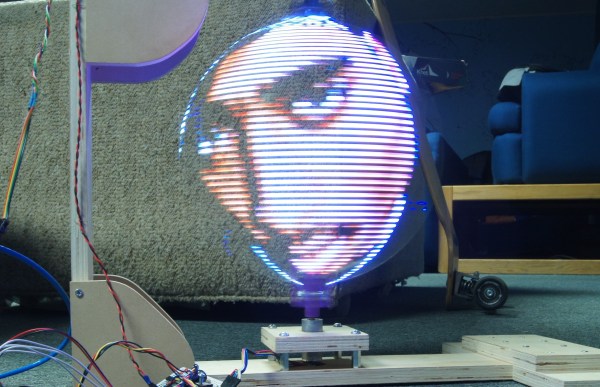Liberty Games in the UK was looking for a fun way to support charity for the holidays, and we think they succeeded. They decided to set up an arcade crane machine to run over the internet, with each type of toy snagged earning a donation. Snag a bear, and they will donate £5 to St Mungos, a UK charity that works with homeless or at risk people. Snag one of the rarer Santa toys, and they will donate £20. It’s a great cause, and a nice hack. Behind the scenes, the Internet side of things runs on a Raspberry Pi connected to a PiRack and a couple of PiFace digital interface cards that are wired into the electronics of the crane machine so they could control the buttons on the machine from a Web interface. Unfortunately, it didn’t seem to be running when we tried it, but hopefully someone will give the machine a swift kick shortly to get it going until the Hackaday traffic invariably brings it down again.
One of the interesting thing that they discovered while working on these hacks: they have a pay-out ratio that is determined by the strength of the grabbing arm. The owner can tweak this so that the arm does not grab very firmly, which means a dropped bear. Want to torture your friends with hopes of snagging the best stuffed animals?. Follow the example of this claw machine build all from parts on hand.






 Both [Voja Antonic] and [Nava Whiteford] will be attending this year’s 32C3, which runs from Sunday the 27th through Wednesday the 30th.
Both [Voja Antonic] and [Nava Whiteford] will be attending this year’s 32C3, which runs from Sunday the 27th through Wednesday the 30th. Shmoocon
Shmoocon
 The Cantenna (not the Pringle’s kind; see right) was a famous dummy load design when Heathkit was in business. It was a single carbon rod immersed in a paint can full transformer oil (which we now know was full of
The Cantenna (not the Pringle’s kind; see right) was a famous dummy load design when Heathkit was in business. It was a single carbon rod immersed in a paint can full transformer oil (which we now know was full of 










